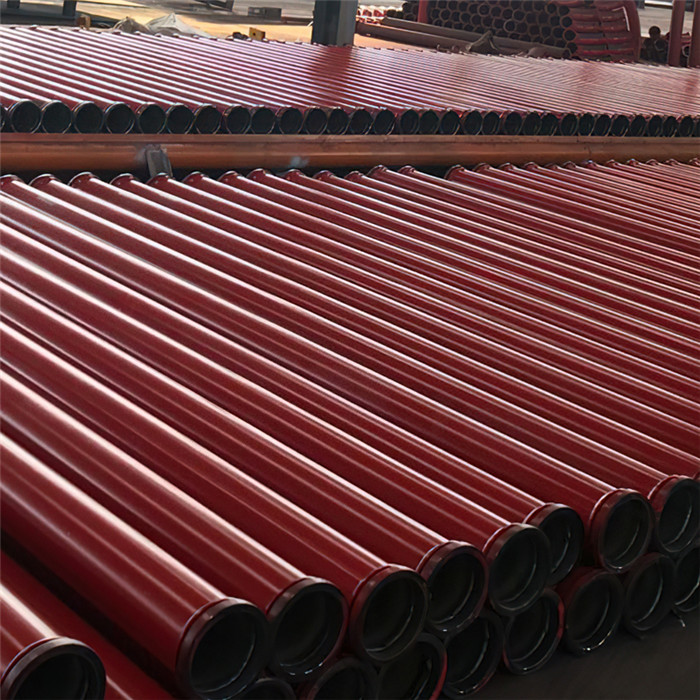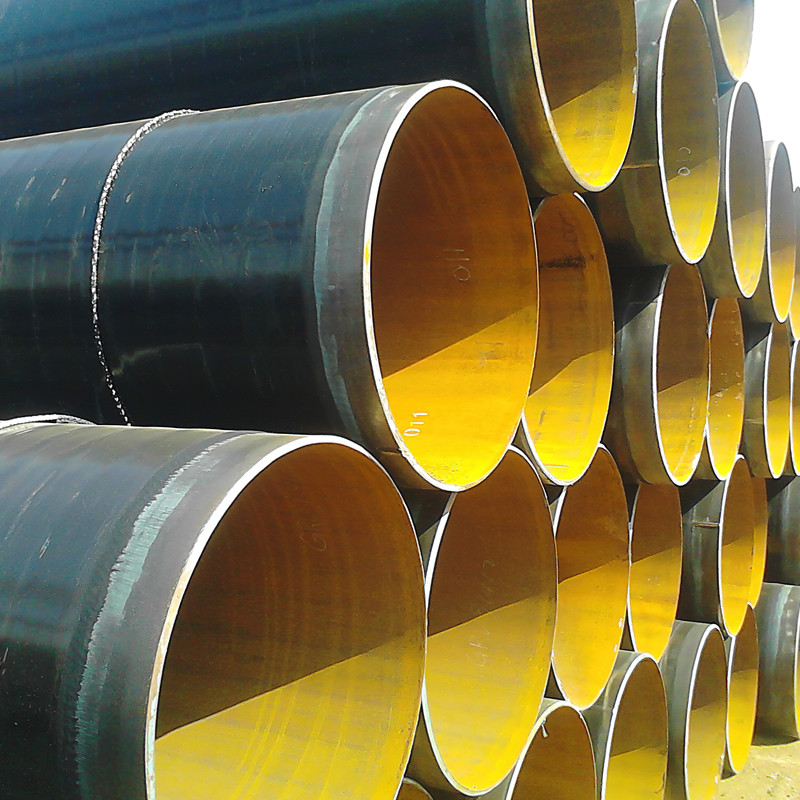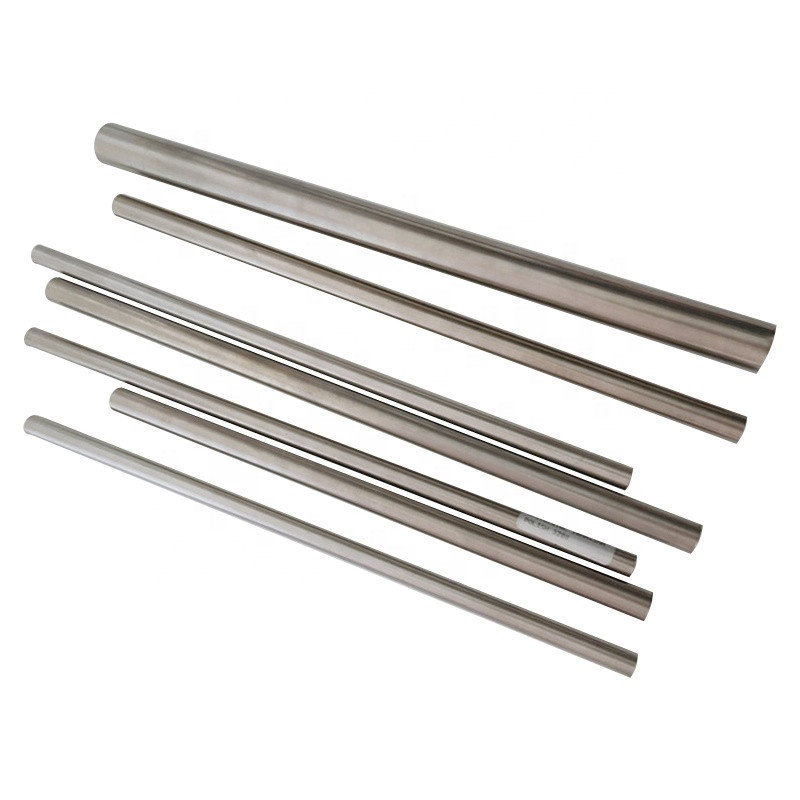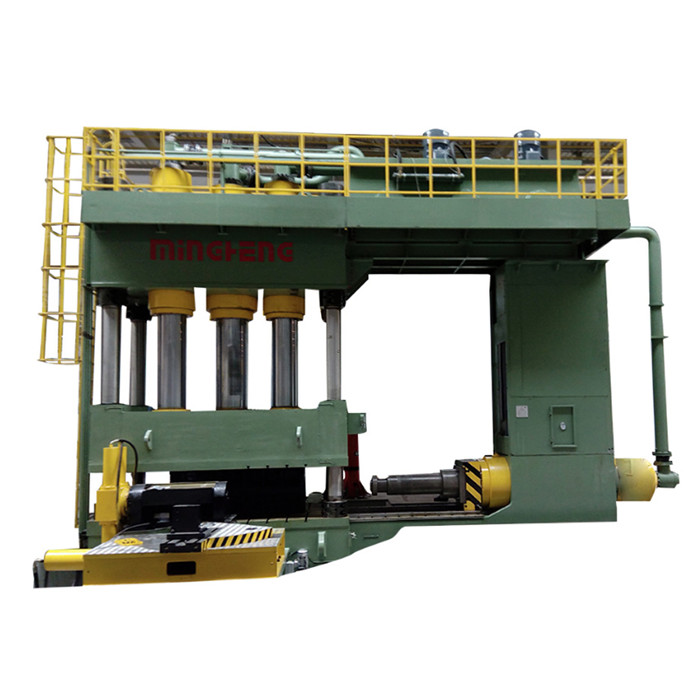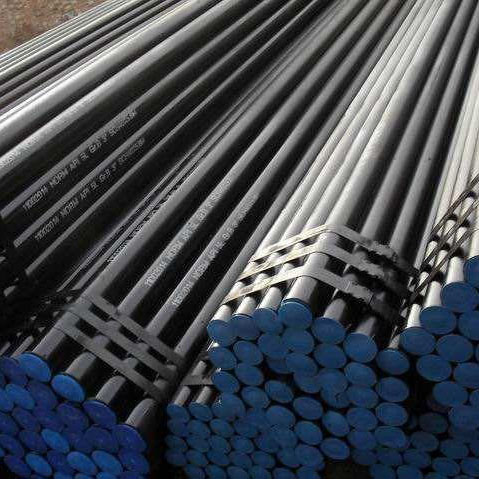In various industrial sectors, particularly those working in extremely cold environments, নিম্ন তাপমাত্রার ইস্পাত পাইপ plays a crucial role in ensuring the durability and functionality of piping systems. This article will delve into the significance of নিম্ন তাপমাত্রার ইস্পাত পাইপ, explore the properties of low temp carbon steel pipe, and discuss the detailed specifications such as A333 Gr 6 carbon steel, its A333 Gr 6 chemical composition, and the importance of low temperature pipe insulation. By understanding these key factors, businesses can make informed decisions when choosing materials for their cold-weather piping systems.
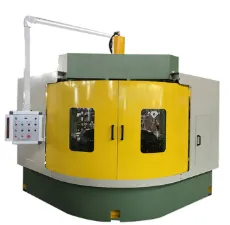
Low Temperature Steel Pipe: Essential for Cold Environment Applications
When it comes to industrial applications in colder climates, নিম্ন তাপমাত্রার ইস্পাত পাইপ is a critical component. These pipes are specifically designed to maintain strength and flexibility under freezing or sub-zero temperatures, making them an ideal choice for transporting fluids and gases in regions where temperatures are extremely low.
Cold Weather Performance: Low temperature steel pipe is engineered to withstand the challenges posed by extremely low temperatures, which can cause other materials to become brittle. Its resilience ensures that it can function effectively even in the most severe environmental conditions.
Applications: Industries such as natural gas transportation, cryogenic processing, and LNG plants benefit from the use of নিম্ন তাপমাত্রার ইস্পাত পাইপ. The pipe’s ability to remain durable in freezing environments ensures that production and transportation processes continue smoothly, even in the harshest weather conditions.
For any business involved in operations in cold climates, using নিম্ন তাপমাত্রার ইস্পাত পাইপ ensures the continuity and reliability of your systems.
Low Temp Carbon Steel Pipe: A Strong and Reliable Choice for Extreme Conditions
Low temp carbon steel pipe is a specialized material designed to retain its toughness and strength at extremely low temperatures. Unlike regular carbon steel, which can become brittle in cold environments, low temp carbon steel pipe is engineered to handle the stress and strains of working in freezing conditions without losing integrity.
Enhanced Strength and Durability: The primary advantage of low temp carbon steel pipe is its enhanced performance at low temperatures. By modifying the chemical composition and heat treatment processes, low temp carbon steel pipe is able to maintain its structural integrity, ensuring that it can handle both pressure and temperature extremes.
Versatility in Use: This type of pipe is highly versatile and can be used in a wide range of applications, from petrochemical industries to oil and gas transportation, where it is essential to use materials that can withstand the effects of low temperatures.
If you're working in sectors where cold temperatures are a significant factor, low temp carbon steel pipe is an excellent solution to ensure the reliability and longevity of your piping systems.
A333 Gr 6 Carbon Steel: An Industry Standard for Low Temperature Applications
A333 Gr 6 carbon steel is a specific grade of low temperature carbon steel that is commonly used in industries requiring pipes to withstand extreme cold. The material is known for its excellent weldability, toughness, and ability to perform well at temperatures as low as -50°F (-45°C), which makes it a go-to material for many applications in cold weather.
Key Properties: A333 Gr 6 carbon steel is primarily used for pipelines in low temperature environments. Its unique properties make it suitable for a variety of industries, including petrochemical, natural gas, and power generation, where low temperature performance is essential.
Cost-Effective Solution: Compared to other types of materials that are engineered specifically for low temperature use, A333 Gr 6 carbon steel provides a more cost-effective solution without sacrificing quality or durability. This makes it an attractive option for businesses looking to minimize costs while maintaining performance standards.
When selecting materials for your cold weather piping systems, A333 Gr 6 carbon steel provides a reliable, cost-effective, and durable solution.
A333 Gr 6 Chemical Composition: The Key to Performance at Low Temperatures
Understanding the A333 Gr 6 chemical composition is essential when selecting materials for applications involving extreme cold. The chemical makeup of A333 Gr 6 carbon steel is specifically designed to ensure toughness, strength, and the ability to resist brittle fracture at low temperatures.
Chemical Composition Breakdown: The A333 Gr 6 chemical composition typically includes carbon, manganese, phosphorus, sulfur, silicon, and a range of other elements that contribute to its low-temperature performance. For instance, the carbon content is carefully controlled to ensure that the steel maintains its ductility and toughness at colder temperatures.
Importance for Performance: The right balance of elements in the A333 Gr 6 chemical composition ensures that the material can be reliably used in pipes and fittings without losing strength or durability. The precise control over the composition allows A333 Gr 6 carbon steel to perform in conditions where other materials might fail.
Understanding the A333 Gr 6 chemical composition allows businesses to confidently use this steel for their cold temperature applications, ensuring long-term reliability and safety.
Low Temperature Pipe Insulation: Protecting Your Pipes from Extreme Cold
While low temperature pipe insulation plays an important role in protecting pipes from freezing conditions, it is also crucial in enhancing the overall efficiency of the system. Insulation is used not only to prevent pipes from freezing but also to reduce energy loss and improve the efficiency of the entire piping system.
Benefits of Insulation: Low temperature pipe insulation helps maintain the temperature of the fluid inside the pipes, which is particularly important in systems where freezing could result in blockages or damage. Additionally, the insulation helps minimize energy loss, which is critical for energy-efficient operation in cold climates.
Types of Insulation: There are several types of low temperature pipe insulation, including foam, fiberglass, and elastomeric materials, each offering different levels of thermal resistance. Choosing the right type of insulation depends on the specific requirements of your system and the environment in which it operates.
By installing low temperature pipe insulation, businesses can prevent downtime, enhance energy efficiency, and ensure the continued smooth operation of their cold-weather piping systems.
When working with piping systems in extreme cold environments, it is essential to choose materials like নিম্ন তাপমাত্রার ইস্পাত পাইপ and low temp carbon steel pipe that are designed to withstand low temperatures without compromising performance. Whether using A333 Gr 6 carbon steel for durability, understanding the A333 Gr 6 chemical composition for improved performance, or investing in low temperature pipe insulation to prevent damage, the right choices can significantly improve the longevity and efficiency of your systems.
Post time: এপ্রিল . 10, 2025 16:05










